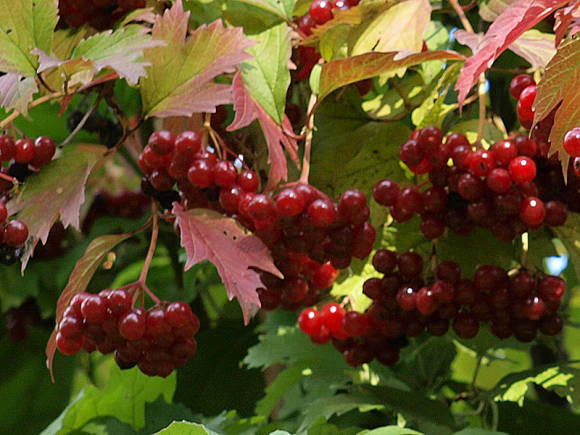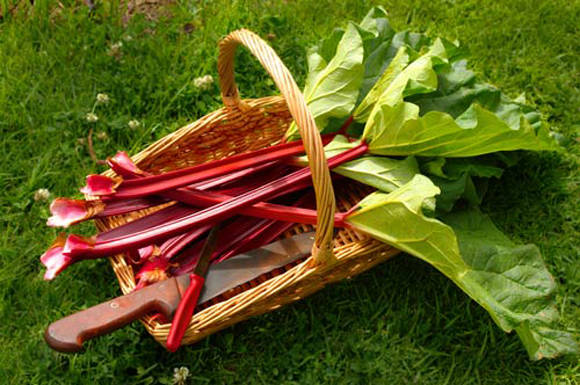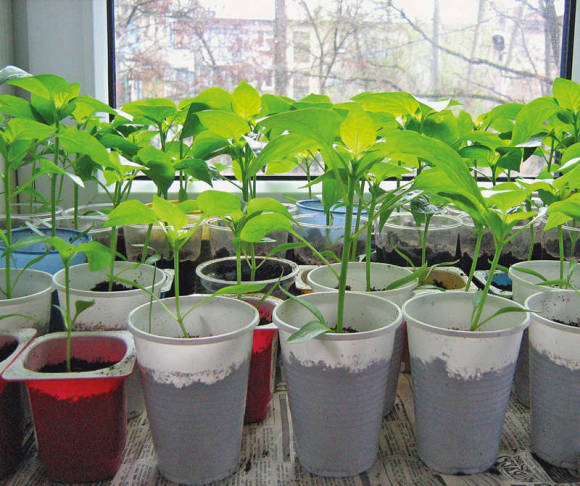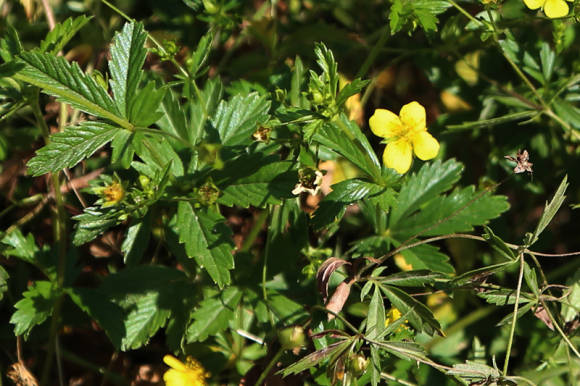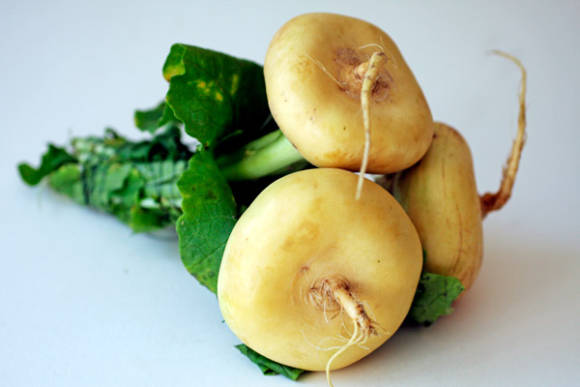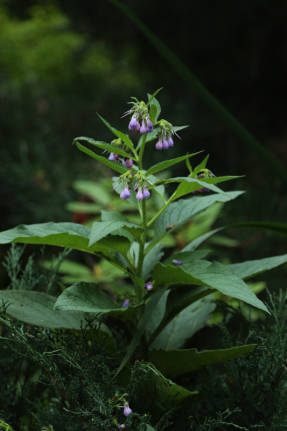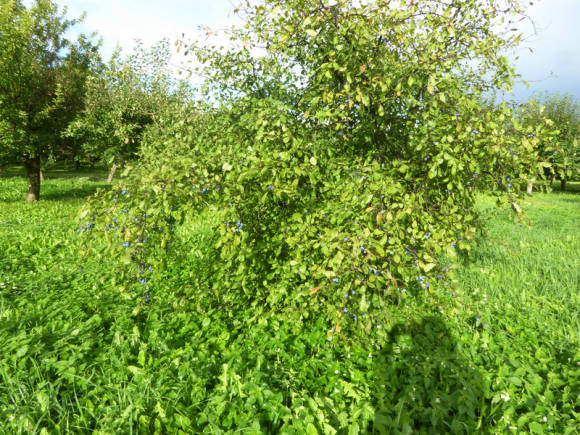
“Much praise is given to antemia, that is, to a chamomile
Wise Asclepius; her hamamelo or hamomilla
We call ...
Pliny is a witness that if you take it
In the course of forty days and for a day to take
Her twice with a couple of kmafs of wine, by all means
With thin and white
Little by little, with urine, she will cleanse the entire spleen
Treats growths in the eyes if it is excised finely
And then they apply; so will cleanse dirty wounds
Headache that, suffering, burns in a feverish
Heat can soften.
Ulcers are driven away with fresh chamomile, boiled
In olive oil
Cook chamomile in oil - sick with fever
Warm up, drive away the chills, and often
And all the fever;
This ointment is cleared of swelling even in the hypochondrium "
Vilafrid Straban. Salerno Code of Health, 827
With a basket - for baskets
Collection of chamomile flower baskets (Matricaria recutita), namely, they are medicinal raw materials, carried out as they bloom. The length of the petiole should not exceed 3 cm. To collect flowers, you can make a special device that resembles a comb with a container. With the help of this "unit", the flowers are, as it were, "combed" from the plant. The resulting raw materials are laid out in a thin layer on paper in the attic. The flowers do not need to be agitated often, as they crumble and the raw material turns into dust. In the presence of a dryer, the drying temperature should not exceed 400C, otherwise the essential oil will volatilize. The raw material is ready when the baskets crumble when pressed. It is stored in paper bags or kraft bags for no more than 1-2 years.
Essential oil and a sea of flavonoids
The chemical composition of flower baskets of medicinal chamomile species is very diverse. First of all, they contain essential oil (up to 0.8%), the main constituent of which is chamazulene, as well as prochamazulene, pharmazene, cadinene, bisabolol, bisabololoxides A and B, ketalcohol, matricin, matricarin. In addition, the flowers contain flavonoids (mainly derivatives of apigenin), glycosides (6-7%), choline, vitamin C, polysaccharides, mineral salts (up to 12%), wax, sugar, fats. More than 20 macro- and microelements are present in the raw material of chamomile. Among them are potassium, calcium, magnesium, iron, copper, zinc, cobalt, aluminum, vanadium, nickel, chromium, iodine.
Chamomile is subdivided into 4 chemorases according to the ratio of essential oil components. The bisabolol content can be in the range of 20-50%.
Healing of experimentally induced wounds was noted not only under the influence of chamazulene, but also (-) -a-bisabolol. Histological studies have confirmed the ability of (-) -a- bisabolol to enhance epithelization and granulation. In tests on rats, the antipyretic ability of this compound was found. Anti-inflammatory action (-) -a-bisabolol exceeded that of chamazulene and guaisulene.
Pharmacological subtleties

The wide spectrum of action of chamomile preparations on the body is due to its complex and varied chemical composition. Chamomile preparations have anti-inflammatory, antiseptic and slight analgesic effects. Scientists believe that azulene gives these properties to chamomile. The antispasmodic and sedative effect of chamomile is due to apigenin. It is well absorbed in the gastrointestinal tract. Some time after oral administration, it was found in the blood serum.
The antispasmodic effect of bisaboloxides A and B (0.50 x papaverine) and (-) - a-bisabolol (0.95 x papaverine) is reported by many authors about the antispasmodic effect of bisabolol oxides A and B (0.50 x papaverine) and (-) - a-bisabolol (0.95 x papaverine). But the maximum effect was found in the aqueous-alcoholic form, where both hydrophilic and lipophilic compounds were present.
In addition, under the action of chamomile preparations, there is an increase in bile formation, a decrease in spasms of the gastrointestinal tract, and fermentation processes. The antispasmodic effect of chamomile is explained by the m-anticholinergic properties of its glycosides.Under the influence of chamomile, edema decreases. The plant has a pronounced antiulcer effect, stimulates the processes of tissue regeneration and healing.
Chamomile essential oil somewhat strengthens and deepens breathing, speeds up the heart rate, dilates the vessels of the brain. Pharmacologists point to a mild diaphoretic effect.
Hamazulen, a component of the essential oil, is found in flowers as its predecessor, matricin.
The anti-inflammatory effect of chamazulene has been investigated in various pharmacological models. The effect was especially pronounced in the case of thermal burns of the tail of rats, in burns as a result of UV irradiation.
The mechanism of action is that the production of adenocorticotropic hormone is activated, in addition, it is assumed that azulenes suppress the release of serotonin and histamine, and also decreases capillary permeability.
The anti-inflammatory effect of apigenin was indicated by the work of German pharmacologists. On the summoned formalin edema in rats, it acted more effectively than phenylbutazone. On artificially provoked ulcer luteolin showed stronger, and apigenin weaker action. In experiments with artificially induced croton oil, ear edema in mice, they showed anti-inflammatory action comparable to indomethacin. Both compounds caused a strong suppression of leukocyte infiltration, comparable to the activity of myeloperoxidase. The mechanism of action of luteolin is to suppress the biosynthesis of arachidonic acid. Apigenin suppressed the release of histamine.
When studying the anti-inflammatory effect on UV burns in guinea pigs, the effects of oil, infusion and chamazulene were almost the same. A water-alcohol infusion was also effective.
Subsequently, it was concluded that the maximum effect is provided jointly by lipophilic and hydrophilic fractions contained in chamomile flowers.
For stomach and allergies
Chamomile has long been used in folk medicine in many countries. In Russian folk medicine, she was treated with special love. This was manifested even in its popular names - uterine herb, bathing suit, blush.
Modern herbalists prescribe chamomile for acute and chronic gastritis, gastric ulcer and duodenal ulcer, for colitis, enterocolitis, especially accompanied by fermentation. Its use is especially effective in combination with yarrow and calendula. The antiulcer effect of (-) - a-bisabolol has been studied. Studies have shown it to be highly effective on gastrointestinal ulcers caused by indomethacin, stress or alcohol. Depending on the dose, an antipeptic (reducing enzyme activity) effect was manifested, mainly due to a change in acidity in the stomach. It has also been suggested that (-) - a-bisabolol promotes local synthesis of prostaglandins and thus has a protective effect against ulcers.

